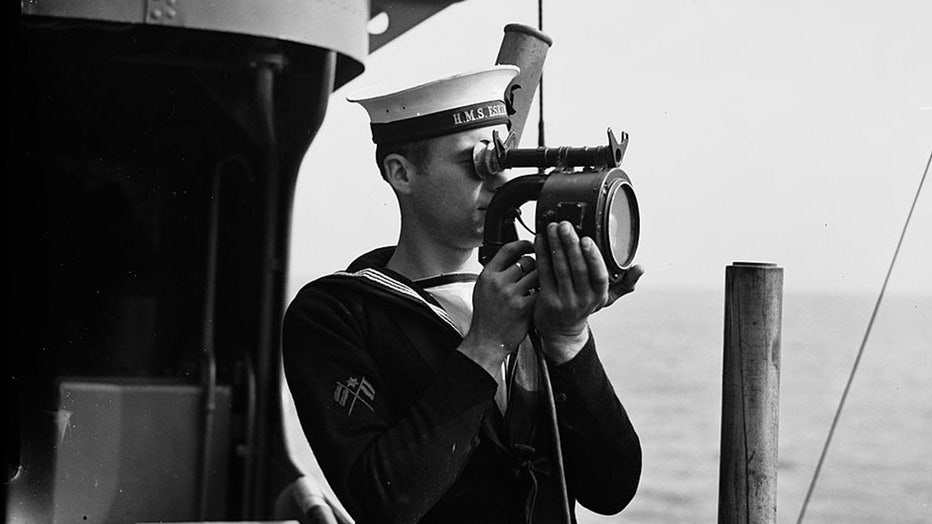
Of those on board, numbering about 2,200, by far the larger portion perished"

There was no panic on board, and the liners Baltic, Virginian and Carpathia ultimately arrived on scene and transferred passengers.

Her sinking two hours and forty minutes later at 02:20 (ship's time 05:18 GMT) on Monday, 15 April, resulted in the deaths of more than 1,500 people, making it one of the deadliest peacetime maritime disasters in history.

The largest ocean liner in service at the time, Titanic had an estimated 2,224 people on board when she struck the iceberg at around 23:40 (ship's time) on Sunday, 14 April 1912.

However RMS Titanic sank in the early morning hours of 15 April 1912 in the North Atlantic Ocean, four days into her maiden voyage from Southampton to New York City. Just about any other angle of collision would have damaged the ship but may not have sunk it. The collision was an unfortunate one as it was a glancing blow which damaged several of the "watertight" compartments into which Titanic was divided. While there are many "conspiracy theories" about the foundering of Titanic, including that the ship which sank was actually the sister-ship Olympic engaged in a botched insurance fraud, the accepted view is that on a moonless and very still, but slightly hazy night, long before the advent of RADAR, the world's largest liner steamed into an iceberg.


 0 kommentar(er)
0 kommentar(er)
